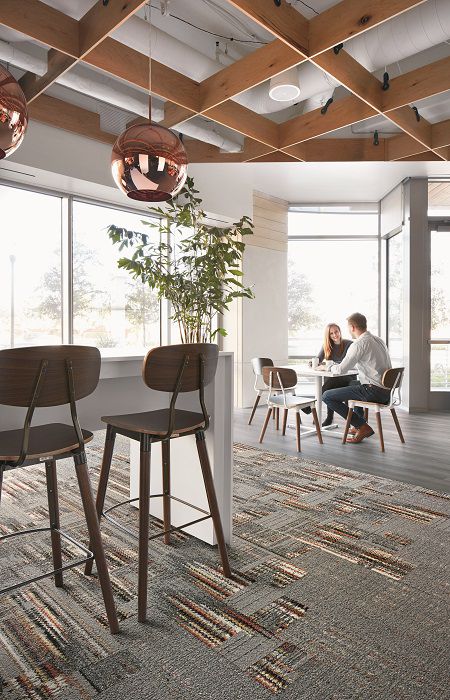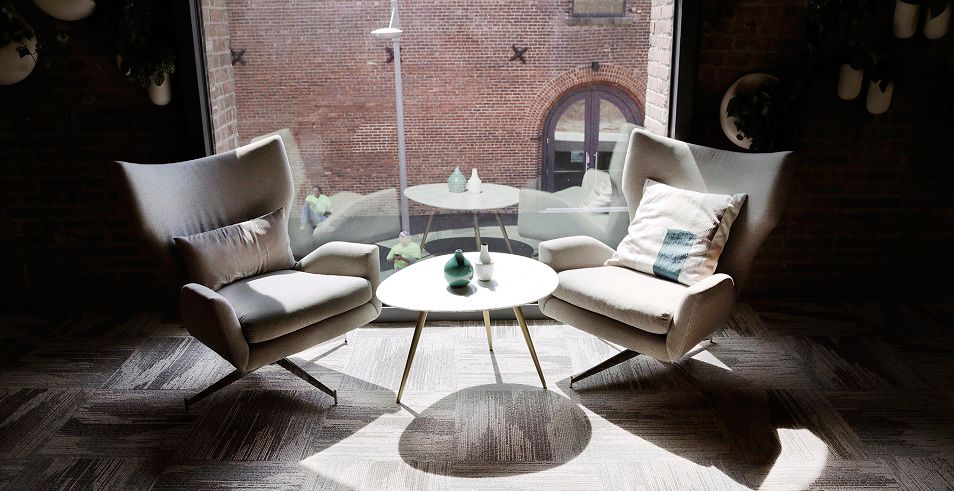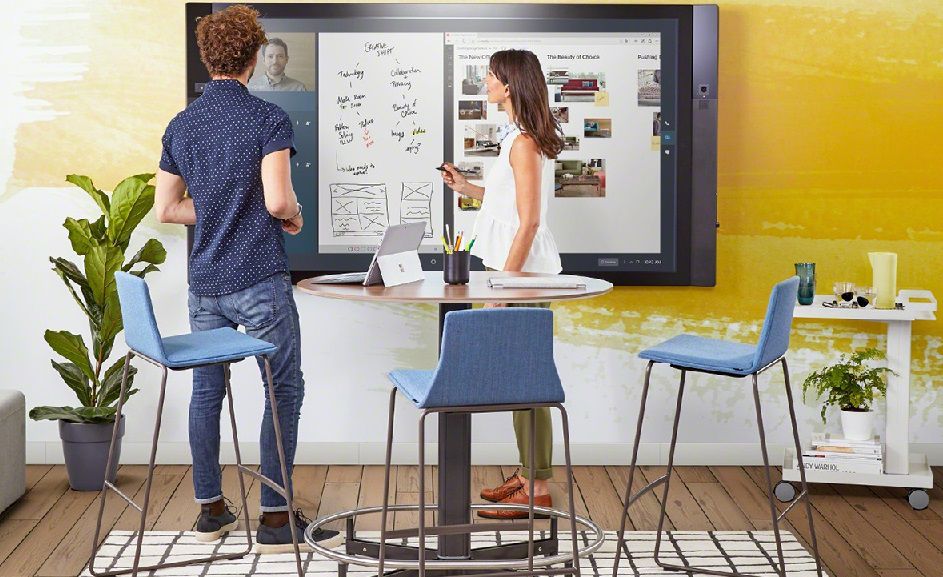Put simply, great design has a positive impact on people’s lives. The design of a space and the products that go into it should allow the people who work, live and exist there to be happier. +Positive spaces™ motivate us to be our best, but they also help us feel our best. From inspiring color palettes to elements that promote well-being, well-designed spaces can make us happier and healthier.
Workplaces and commercial environments of the past typically did not focus on creating places that made people feel good and accommodated differing needs and work styles. So, today the challenge is to create environments that enhance the productivity, creativity and wellbeing of their users, instead of minimizing costs. Looking ahead, it’s clear that younger generations of workers, students and visitors in facilities will demand choice, variability and control.
The human trend
To create positive outcomes for people, our focus has shifted to a human-centric perspective in the design process, with an emphasis on human needs and context of use. +Positive Spaces enable humans to succeed in a space. They provide a place to clear your mind, a place to create, a place to collaborate.
According to the Human Spaces report into the Global Impact of Biophilic Design in the Workplace, just under half (47 percent) of all respondents agree that they have felt stressed in their workplace within the last three months. This finding emphasizes the importance of identifying and enforcing practices that can improve well-being at work, including biophilic design and consideration of the users’ sensory experiences (sight, touch, sound and smell). For example, two thirds (67 percent) of respondents in the report say they feel happy when walking into bright office environments accented with green, yellow or blue colors.

Interface products like those in the new Visual Code Collection allow designers and customers to create spaces that cultivate positivity.
To ensure a space will provide positive experiences for those using it, consider these questions:
- How many function areas do you need in your space?
- How do people need to work or feel in those spaces?
- How are you fostering creativity in the workplace?
Flex your space
As office environments have evolved over the years, we went from the cubicle to the open office space without realizing that one-size-fits-all usually fits no one particularly well. A monolithic interior at either extreme ignores the data that says we need a mix of cube time, open collaboration time, private phone time, and time to sit in the sun and daydream, all in the same day.
In the Human Spaces report, 39 percent of workers polled felt most productive at their own desk in a private office. Others said they felt most productive at their own desk in an open plan office (36 percent). And 28 percent of respondents reported that they do not have a quiet space to work in their office.
So, clearly, we must offer flexibility – allowing people to grow and create their own meeting places, their own rhythms and traditions – to work they way that suits them best. If the space offers a choice between sun and shade, stimulation and reflection, connectivity and privacy, we have a sense of control and well-being.
From our experience, we look to modularity and nature for the answer. The best spaces consist of connected, interdependent zones — just like a forest. Modular building blocks offer the flexibility, functionality and aesthetic to establish these +Positive spaces. They let us facilitate increased user engagement.
Case in point, the design of furnishing retailer West Elm’s Brooklyn, New York, headquarters included plans for private and shared offices, design rooms and community spaces. Talking about the benefits of a variety of workspaces, Paolo Kos, VP of Design at W.E. says: “In an open-plan office space where it’s intended for you to sit at your desk 8 hours a day, there’s not a lot of privacy. So having these other spaces alleviates stress. It empowers people and when they have control over how they work, I think they have more of a sense of ownership. They’re happier, more invested in the work.”
Thinking out of the box
The office design trend toward providing more choice in the workplace can also optimize the creative process, and the way we interact with a space, each other and technology. As noted in Steelcase’s The Future of Work is Creative podcast, the workplace is changing rapidly, with new pressure to create spaces that help attract talent and unlock the potential of workers – to be creative, innovative and more productive. We’ve seen a shift toward creative work – not just in creative professions. It’s a focus on creative problem solving, developing novel ideas and thinking differently.
The way we work has changed. It used to be about solving complicated problems in a linear fashion, all along knowing the outcome we’re trying to achieve. Now, problems are more complex, and the exact outcome and the steps of how to get there are not always known and clear. It’s often a process of coming together in groups to collaborate and brainstorm, and then separating into individual space for follow-up work. Then coming back together again. This divergence and convergence requires a diverse range of places and technology to support different stages of the creative process. For example, the traditional conference room is set up for one person to lead a group, sitting around a long rectangular table. It’s not situated for people to interact and stand up and take notes on a wall. It doesn’t foster creative thinking.
The idea of creating +Positive spaces can apply to virtually any type of environment: corporate, hospitality, and education spaces, and more. And it can be as simple as addressing the colors used or as complex as taking a holistic approach that incorporates biophilic design and the WELL Building Standard. No matter the type of space or level of design, the point is to consider how it can positively impact those who will interact with it.

